Head to Head: Parallels Desktop 6 vs VMware Fusion 3
We pit the two leading Mac virtualisation programs against each other to see which is best for running Windows on your shiny Apple computer.
PERFORMANCE
Windows on a VM will never be as fast as when it's running directly on the hardware via Boot Camp. For the fastest possible Windows applications performance, you'll always have to reboot and use Boot Camp. We expected that Parallels and Fusion would perform similarly in our Windows benchmarks, but there was a noticeable difference in a couple of our tests.
We tested both virtualisation programs with 64-bit Windows 7 Ultimate running a 13in MacBook Pro with 4GB of RAM, a Core 2 Duo P8600 processor, a 750GB 5,400rpm hard disk and an Nvidia GeForce 320M integrated graphics chip. The VMs in both Parallels and Fusion were assigned two processor cores, 2GB of RAM and 256MB of video memory.
As a reference, the same MacBook Pro, but with just 2GB of RAM installed to match the VM configurations, managed the following benchmark scores:
Image editing100 points
Video encoding66 points
Multiple applications67 points
Get the ITPro daily newsletter
Sign up today and you will receive a free copy of our Future Focus 2025 report - the leading guidance on AI, cybersecurity and other IT challenges as per 700+ senior executives
Overall score72 points
3D graphics test12 frames per second.
Both virtualisation programs can save a VM's state instead of shutting it down. Resuming from a saved state is quicker than booting, so we tested how quickly each program could resume from a saved state. Our MacBook Pro resumed from hibernation, the closest equivalent to resuming from a saved state, in 26 seconds.
Parallels
Parallels Desktop 6 managed the following benchmark scores:
Image editing71 points
Video encoding59 points
Multiple applications43 points
Overall score56 points
3D graphics test5 frames per second
Resume46 seconds
VMWare
VMWare Fusion 3 managed the following benchmark scores:
Image editing63 points
Video encoding53 points
Multiple applications41 points
Overall score51 points
3D graphics test3.4 frames per second
Resume25 seconds
Winner: Parallels, but only just. Parallels was faster than Fusion in our image editing and 3D graphics tests, while Fusion was much faster at resuming from a saved state. The two were otherwise evenly matched.
Parallels has options allowing you to tweak the VM for faster MacOS or Windows performance, as well as for either faster performance or longer battery life which MacBook owners will appreciate. It would take trial and error to find the right balance with these extra settings, but they're still useful options that Fusion lacks, especially since both programs can feel sluggish on a MacBook when running off battery power.
-
 M&S calls in NCSC after 'cyber incident' disrupts customer payments, online orders
M&S calls in NCSC after 'cyber incident' disrupts customer payments, online ordersNews Retail giant Marks & Spencer (M&S) has revealed it has been dealing with a “cyber incident” in recent days and apologized to customers amid disruption complaints.
By Ross Kelly
-
 Microsoft says workers should believe the hype with AI tools
Microsoft says workers should believe the hype with AI toolsNews Using AI tools paid dividends for some workers, but alternative research shows it could create problems for others down the line.
By Ross Kelly
-
 Microsoft angers admins as April Patch Tuesday delivers password feature without migration guidance
Microsoft angers admins as April Patch Tuesday delivers password feature without migration guidanceNews Security fixes include a zero day exploited by a ransomware group and seven critical flaws
By Connor Jones
-
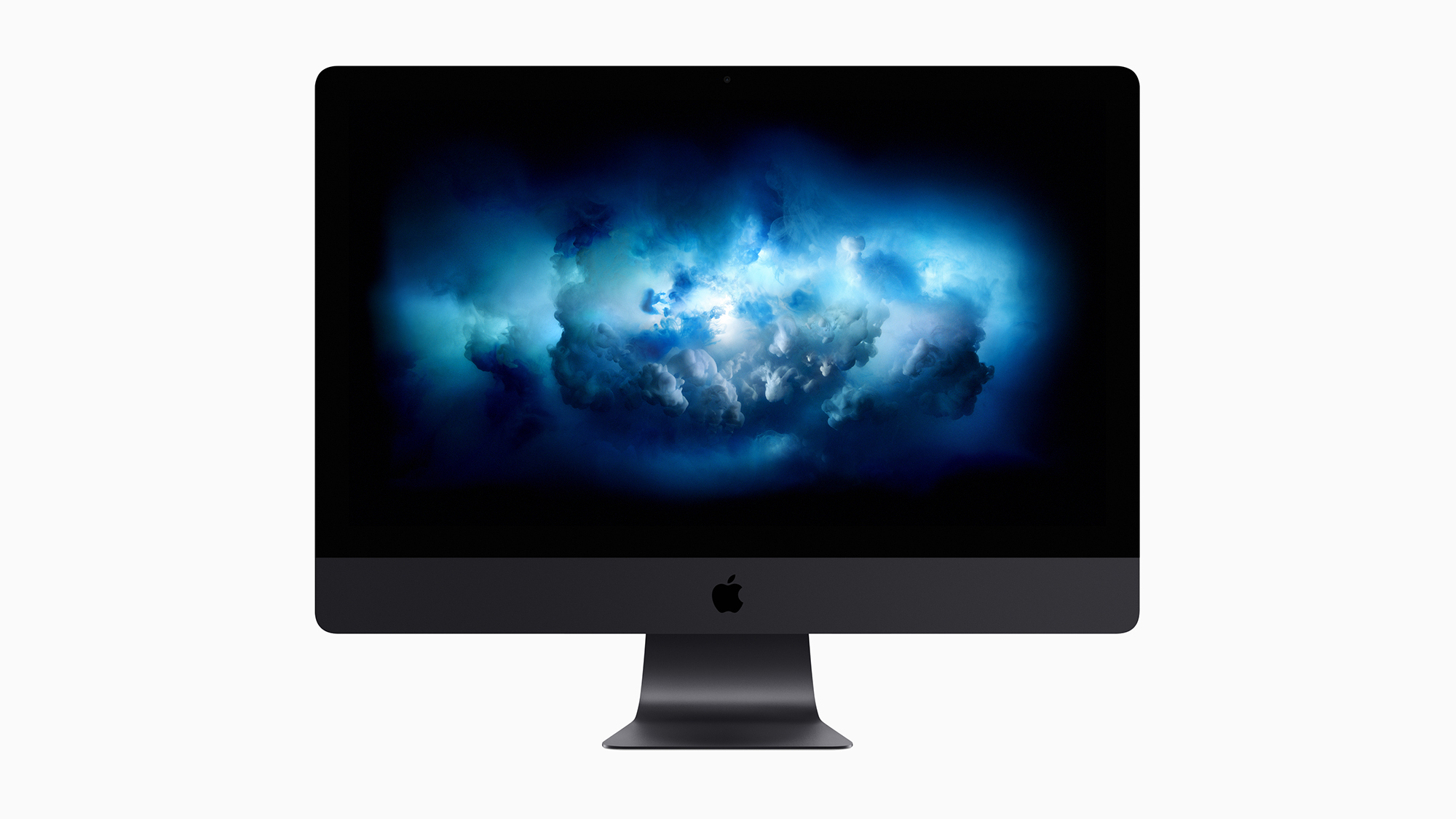 Apple discontinues the iMac Pro
Apple discontinues the iMac ProNews Desktop product shake-up paves the way for new Apple Silicon-powered machines
By Danny Bradbury
-
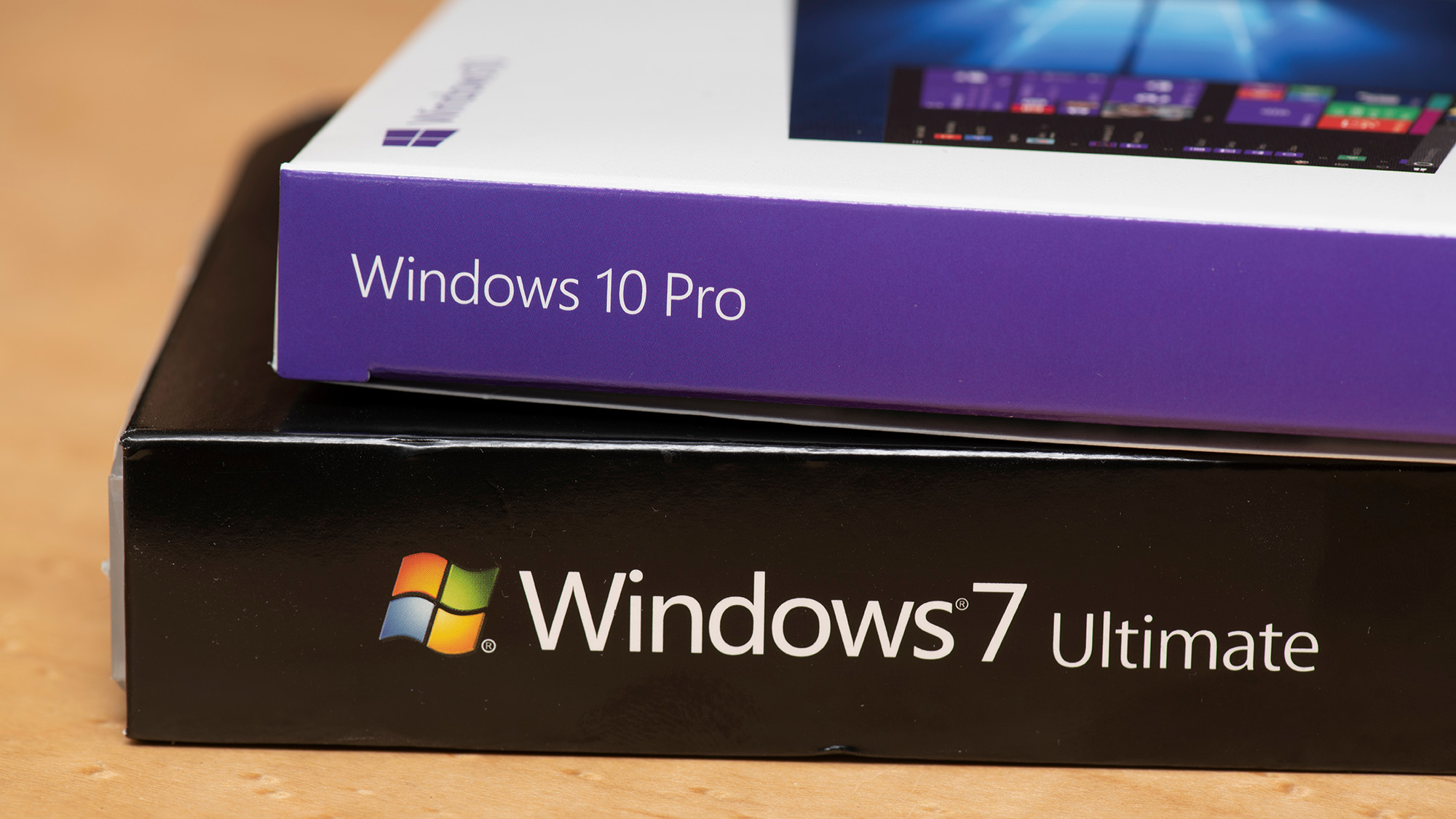 Managing a late migration
Managing a late migrationOpinion When it comes to moving from Windows 7 to Windows 10, it's better late than never
By Jon Honeyball
-
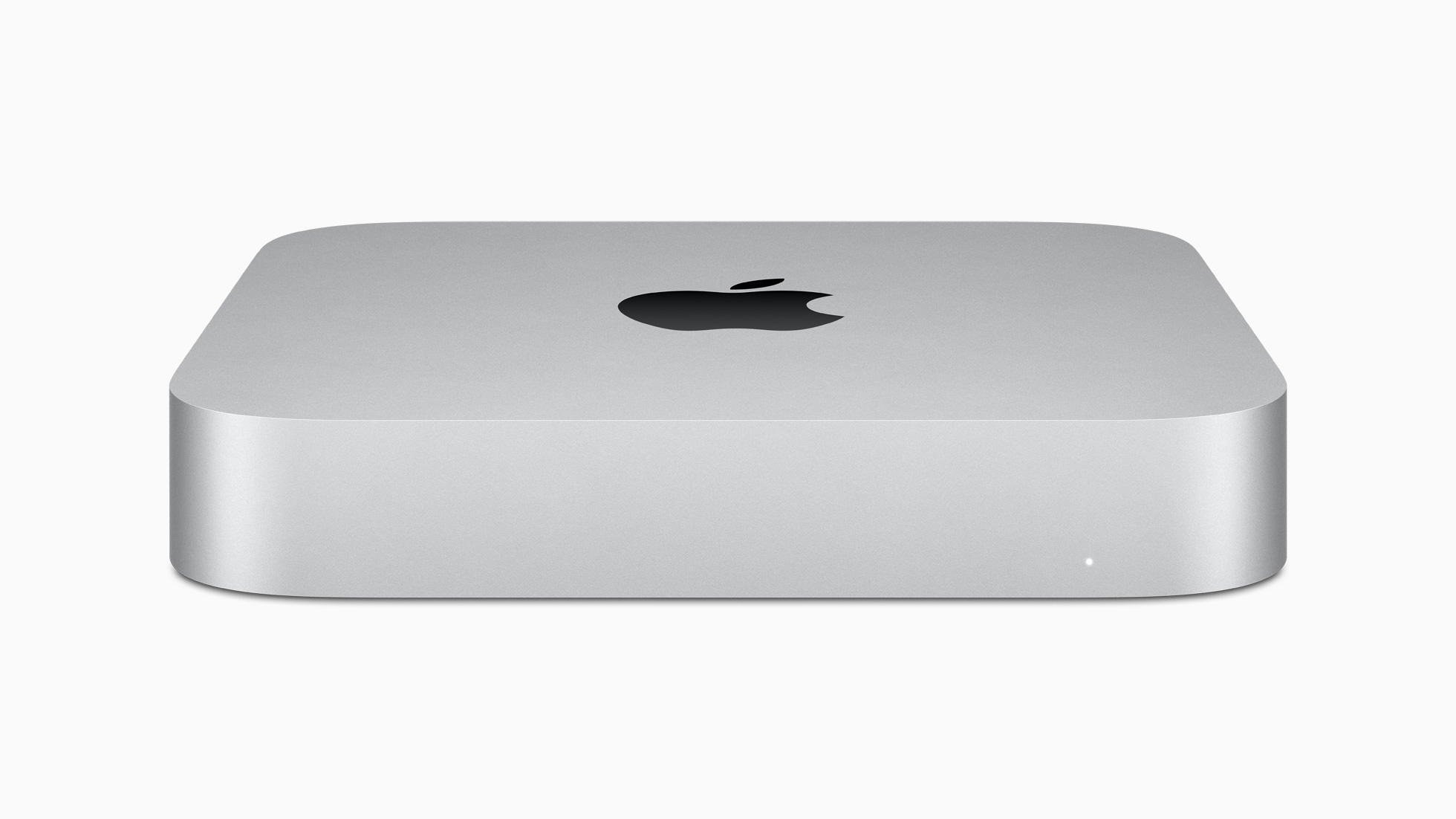 M1 Mac mini users suffering Bluetooth connectivity problems
M1 Mac mini users suffering Bluetooth connectivity problemsNews It’s unknown if the issue is in the new Apple silicon or the Big Sur OS
By Rene Millman
-
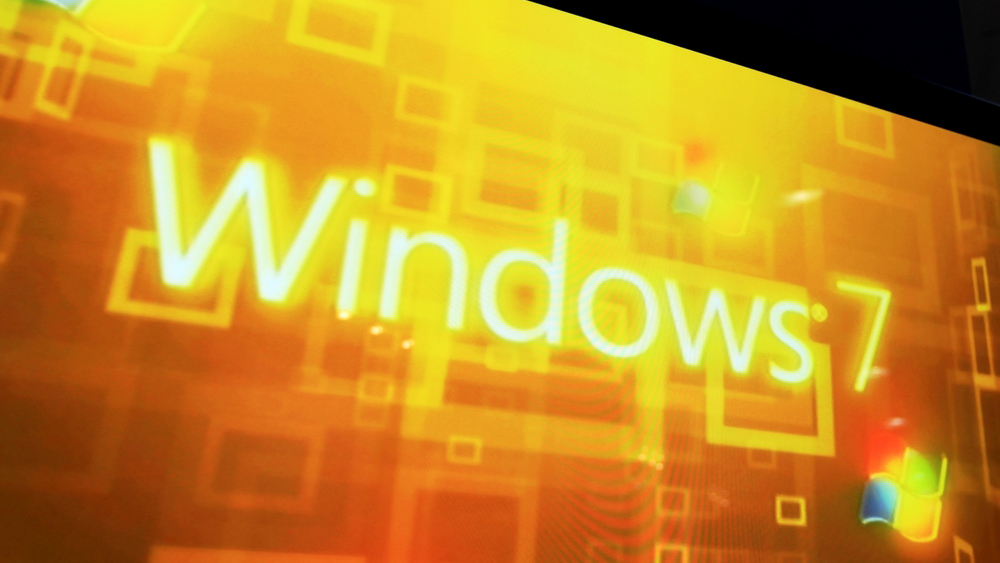 How to set up a Windows 7 emulator for Windows 10
How to set up a Windows 7 emulator for Windows 10Tutorials A complete guide for setting up a Windows 7 emulator for Windows 10 so you don’t lose access to your apps
By Nik Rawlinson
-
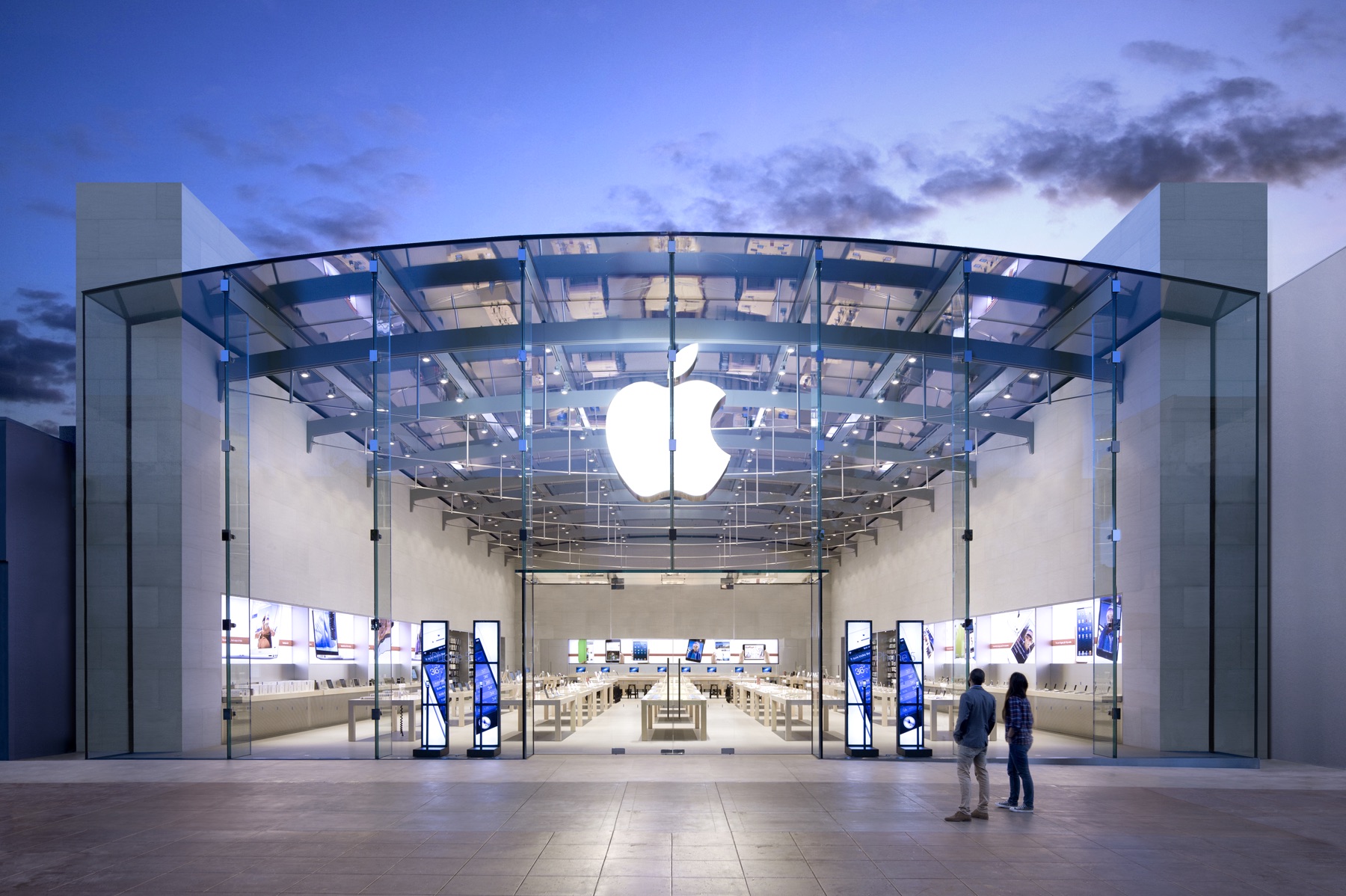 Apple starts accepting Mac trade-ins at retail stores
Apple starts accepting Mac trade-ins at retail storesNews Up until now, you could only trade in a used Mac online, which was unwieldy and time-consuming
By Mike Brassfield
-
 The autopsy of Windows 7
The autopsy of Windows 7In-depth Report of a postmortem examination
By Chris Merriman
-
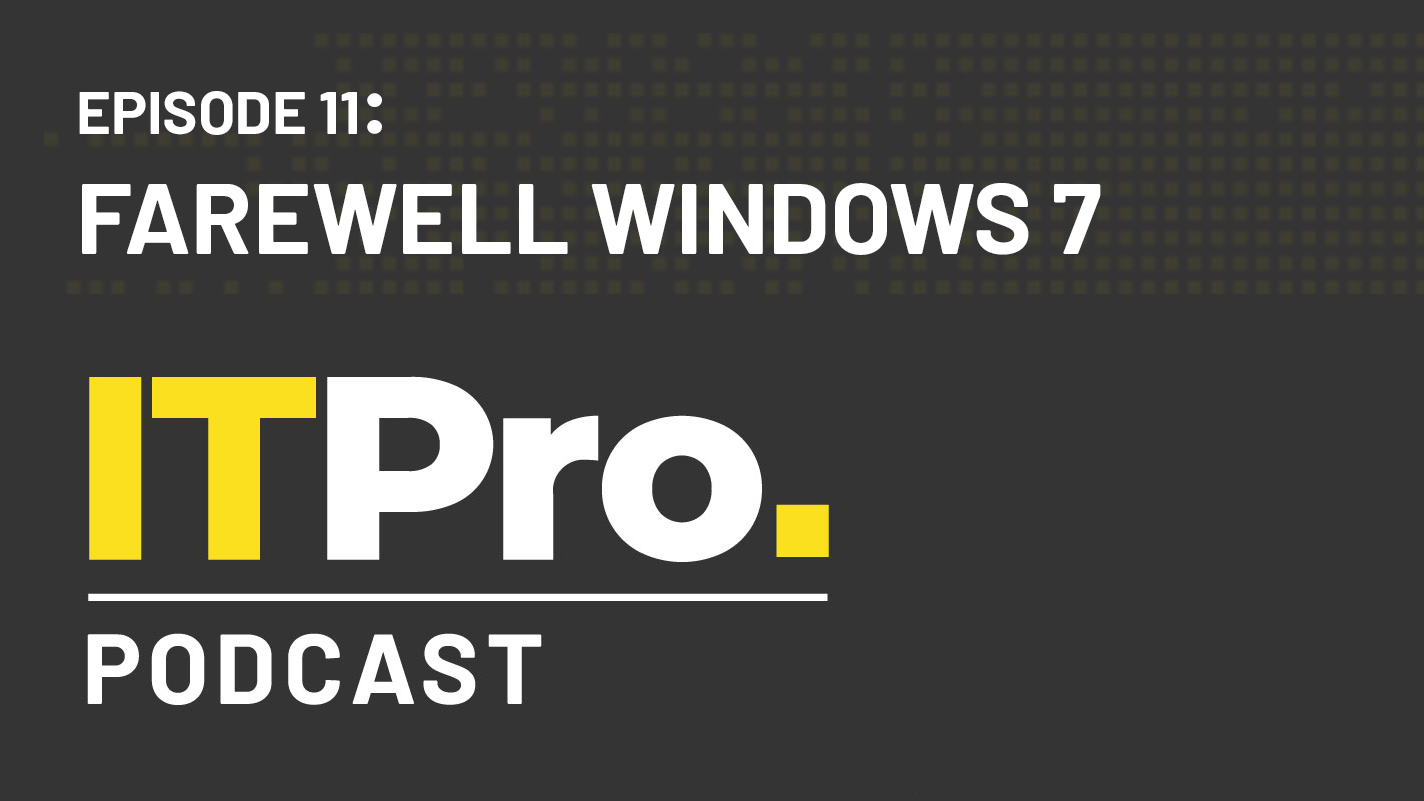 The IT Pro Podcast: Farewell Windows 7
The IT Pro Podcast: Farewell Windows 7IT Pro Podcast We reflect on the legacy of one of Microsoft's most enduringly popular operating systems
By IT Pro